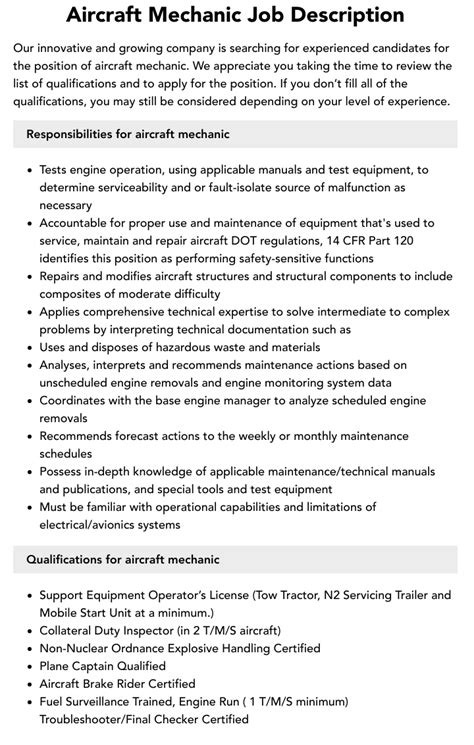William Westmoreland Vietnam War

Introduction to William Westmoreland and the Vietnam War

The Vietnam War was a prolonged and complex conflict that involved the communist North Vietnam, supported by China and the Soviet Union, and the anti-communist South Vietnam, supported by the United States. One of the key figures in the Vietnam War was General William Westmoreland, who served as the commander of the United States Military Assistance Command, Vietnam (MACV) from 1964 to 1968. During his tenure, Westmoreland played a crucial role in shaping the US military strategy in Vietnam, which had significant consequences for the outcome of the war.
Early Life and Military Career of William Westmoreland

William Westmoreland was born on March 26, 1914, in Saxon, South Carolina. He graduated from the United States Military Academy at West Point in 1936 and was commissioned as a second lieutenant in the US Army. Westmoreland served in various military units during World War II, including the 9th Infantry Division, and saw action in North Africa and Europe. After the war, he attended the Command and General Staff College and later served as a staff officer in the US Army. In the 1950s and 1960s, Westmoreland held various command positions, including commanding the 101st Airborne Division.
US Military Strategy in Vietnam under Westmoreland

When Westmoreland arrived in Vietnam in 1964, the US military was already involved in the conflict, providing military advisers and support to the South Vietnamese army. However, the situation on the ground was deteriorating, and the US needed a new strategy to counter the growing insurgency. Westmoreland’s approach was to focus on attrition warfare, which aimed to wear down the enemy through a war of attrition. This strategy involved using massive firepower, including artillery and aerial bombing, to kill as many enemy soldiers as possible. The US military also employed search and destroy tactics, where troops would search for and engage enemy forces in remote areas.
Criticisms of Westmoreland’s Strategy

Westmoreland’s strategy has been widely criticized for its limitations and failures. One of the main criticisms is that the attrition warfare approach failed to address the root causes of the insurgency, such as poverty, corruption, and political instability. Additionally, the search and destroy tactics often resulted in civilian casualties, which further alienated the local population and undermined the US military’s efforts to win their hearts and minds. The strategy also relied heavily on body counts, which became a metric for measuring success, but this approach has been criticized for being misleading and inaccurate.
Tet Offensive and its Aftermath

In January 1968, the North Vietnamese army launched the Tet Offensive, a surprise attack on major cities and towns across South Vietnam. The offensive was a significant turning point in the war, as it showed that the US military was not winning the war as quickly as expected. Although the US military ultimately repelled the attacks, the Tet Offensive marked a shift in public opinion, with many Americans beginning to question the war’s purpose and the US military’s strategy. Westmoreland was replaced as commander of MACV by General Creighton Abrams, who adopted a more nuanced approach to the war, focusing on pacification and counterinsurgency.
Legacy of William Westmoreland

Westmoreland’s legacy is complex and contested. On the one hand, he is remembered as a decorated war hero who served his country with distinction. On the other hand, his strategy in Vietnam has been widely criticized for its failures and limitations. In his later years, Westmoreland became a vocal critic of the US military’s approach to the war, arguing that the Johnson administration had imposed unrealistic constraints on the military’s ability to wage war effectively. Westmoreland also wrote a memoir, A Soldier Reports, which provides a detailed account of his experiences in Vietnam.
📝 Note: Westmoreland's memoir offers valuable insights into the US military's strategy and operations in Vietnam, but it has also been criticized for its biases and omissions.
Key Takeaways

Some key takeaways from Westmoreland’s experience in Vietnam include: * The importance of understanding the local context and culture in counterinsurgency operations * The limitations of attrition warfare and search and destroy tactics in addressing the root causes of an insurgency * The need for a more nuanced approach to counterinsurgency, incorporating pacification and counterinsurgency strategies * The importance of civil-military relations and the need for clear communication and coordination between military and civilian leaders
Conclusion and Final Thoughts

In conclusion, William Westmoreland’s experience in Vietnam offers valuable lessons for military strategists and policymakers. While his strategy has been widely criticized, it also highlights the complexity and challenges of counterinsurgency operations. As the US military continues to engage in counterinsurgency and counterterrorism operations around the world, it is essential to learn from the past and adopt a more nuanced approach to these types of conflicts. By understanding the limitations of attrition warfare and the importance of pacification and counterinsurgency, military leaders can develop more effective strategies for addressing the root causes of instability and promoting long-term security and stability.
What was Westmoreland’s strategy in Vietnam?

+
Westmoreland’s strategy in Vietnam was focused on attrition warfare, which aimed to wear down the enemy through a war of attrition. He also employed search and destroy tactics, where troops would search for and engage enemy forces in remote areas.
What were the criticisms of Westmoreland’s strategy?

+
Westmoreland’s strategy was criticized for its limitations and failures. The attrition warfare approach failed to address the root causes of the insurgency, and the search and destroy tactics often resulted in civilian casualties. The strategy also relied heavily on body counts, which became a metric for measuring success, but this approach has been criticized for being misleading and inaccurate.
What was the significance of the Tet Offensive?

+
The Tet Offensive was a significant turning point in the war, as it showed that the US military was not winning the war as quickly as expected. Although the US military ultimately repelled the attacks, the Tet Offensive marked a shift in public opinion, with many Americans beginning to question the war’s purpose and the US military’s strategy.



